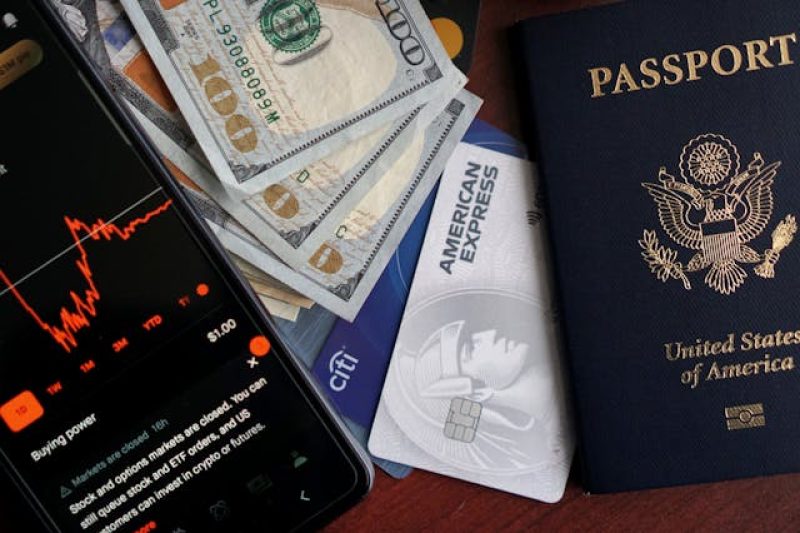Travel costs have become a moving target. Airfares surge and drop within hours. Hotel rates hide taxes until checkout. “Deals” disappear when you click pay. The result: travelers spend more time hunting discounts than planning memories.
You don’t need insider codes or airline status to win in 2026. You need traveler-friendly economics—simple rules that reduce volatility and keep your plans flexible without feeling cheap. Here’s a practical playbook that saves money by design.
1) Price Isn’t a Number Anymore—It’s a Range
Dynamic pricing turns “the price” into a moving band. Instead of hunting for the single low point, decide your acceptable range in advance (e.g., AED 1,100–1,450 roundtrip, AED 350–500/night).
- Rule: If a fare lands in your range on a flexible date, book it. Stop waiting for the absolute low—you’ll lose more value in time and stress than you gain in cash.
- Pro move: Search ±3 days for departures and returns. The cheapest day is often 24–72 hours off your ideal.
2) Pay for the Area, Not the Stars
Hotel “value” is killed by taxis and time. Put neighborhood choice above property prestige.
| Priority | Neighborhood Filter | Why It Pays |
|---|---|---|
| Budget stability | Transit ≤7 min walk | Ride-hailing surge doesn’t matter |
| Evening plans | Dining streets within 10–15 min | No cross-city trips at 11 PM |
| Family sleep | Quiet side streets off main avenue | Rest beats lobby marble |
Pick three neighborhoods, then three stays inside each. You’ll stop doom-scrolling hotels you shouldn’t book anyway.
3) Design Days in Blocks, Not Minutes
Rigid itineraries break under weather, queues, or fatigue. Use a three-block day that’s easy to reshuffle:
- Morning (3–4 hrs): Anchor activity + nearby café
- Afternoon (3–4 hrs): Walkable district/museum/park
- Evening (2–3 hrs): Dinner + optional add-on
Assign each block to one area. If rain hits, swap morning and afternoon blocks—no full-day meltdown, no extra transport cost.
4) Budget by Day, Not Trip
Total-trip budgets are abstract; daily envelopes are actionable.
- Base/day: Food + local transport + coffee (predictable)
- Flex/day: Activities + shopping (variable)
- Anchor cushion: 10–15% set aside for one premium meal or must-do
If you go over today, reduce tomorrow’s flex. You’ll feel in control, not punished.
5) Book the Shape, Not Every Detail
Commit early to the shape of the trip: flight window, neighborhoods, anchors. Keep minor activities flexible and bookable on the spot. You reduce both cancellation risk and FOMO.
- Lock early: Flights in range, first 1–2 hotel nights, must-do anchor tickets
- Leave open: Swappable afternoon blocks, food options, secondary tours
6) Visa, Insurance, and Hidden-Fees Reality Check
- Visas: Check lead times by passport type and residency. Don’t book non-refundable fares until requirements are clear.
- Insurance: One medical claim dwarfs “savings” from risky bookings.
- Taxes: City or tourism taxes can add 5–15% on arrival. Add them to the daily base.
7) FX Without the Headache
Hedging for normal humans:
- Split payments: flights now, first hotel nights now, remainder later—average the rate.
- Know your card: one with zero FX fees, one with travel-category rewards.
- ATMs: if fees are flat, withdraw fewer/larger amounts; if percentage-based, go smaller and more frequent.
8) Admin Automation = Fewer Mistakes
- Docs hub: Passports, visas, insurance, tickets, hotel confirmations (cloud + offline)
- Calendar holds: Blocks with addresses and reservation codes, alerts at T–90 and T–30
- Custom map: Stays, anchors, cafés, pharmacies, late-night food
- Emergency list: Airline WhatsApp, hotel front desk, local ambulance, embassy/consulate
9) Family & Group Dynamics: Prevent the Expensive Arguments
- Two anchors/day, max. The third becomes a fight or a taxi bill.
- Energy veto: Anyone can cut one item without debate—swap in a café break.
- Walk-time cap: 25–30 minutes continuous for mixed ages; beyond that, transit.
Curate, Don’t Scroll
Most overspending comes from indecision, not ignorance. Once your window, neighborhoods, and anchors are set, lock decisions with a curated source and avoid slipping back into 30-tab chaos. For clean, hand-picked routes and destination highlights you can plug straight into a block itinerary, check MixmaTravel and adapt their picks to your budget bands.
Copy/Paste 3-Day Template
Day 1 — Arrival & Orientation * AM: Hotel/luggage drop, local walk, coffee * PM: Anchor #1 (landmark/museum) + nearby lunch * Eve: Food street or old-town dusk walk Day 2 — Signature Day * AM: Anchor #2 (tour/activity) * PM: Park/riverfront + café * Eve: Rooftop/view spot + dinner Day 3 — Flexible Finish * AM: Market/shopping lane * PM: Optional add-on (gallery, boat, bike) * Eve: Signature restaurant + dessert spot
Bottom Line
Dynamic pricing won’t get simpler—but your decisions can. Treat price as a range, design days in blocks, pay for the neighborhood, and budget by day. You’ll spend less, see more, and travel like volatility was never invited on your holiday.
